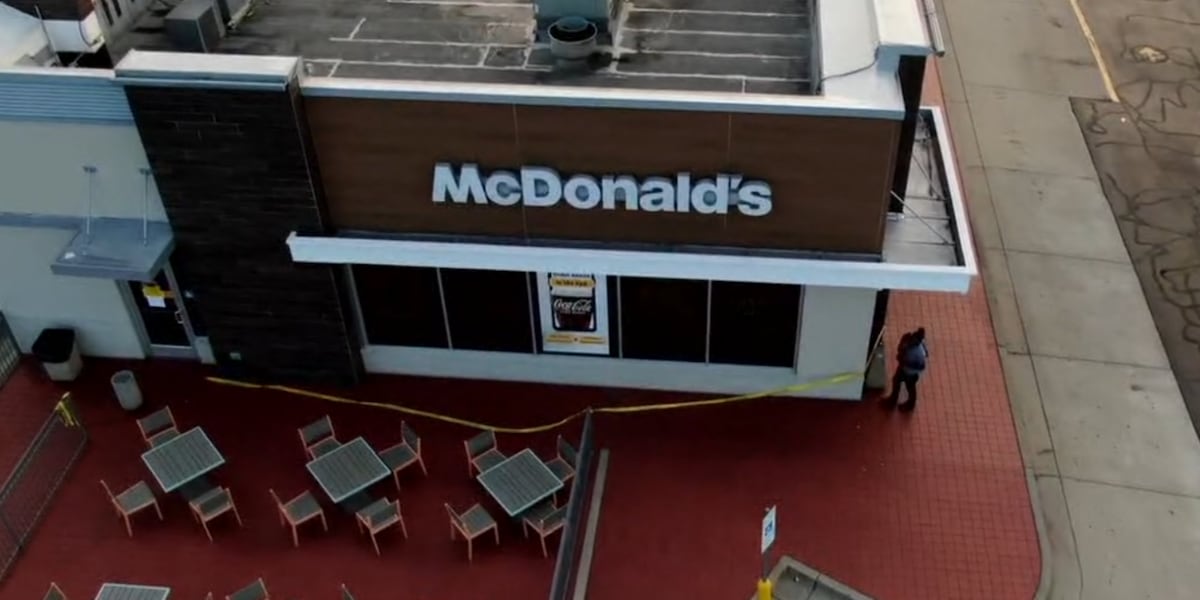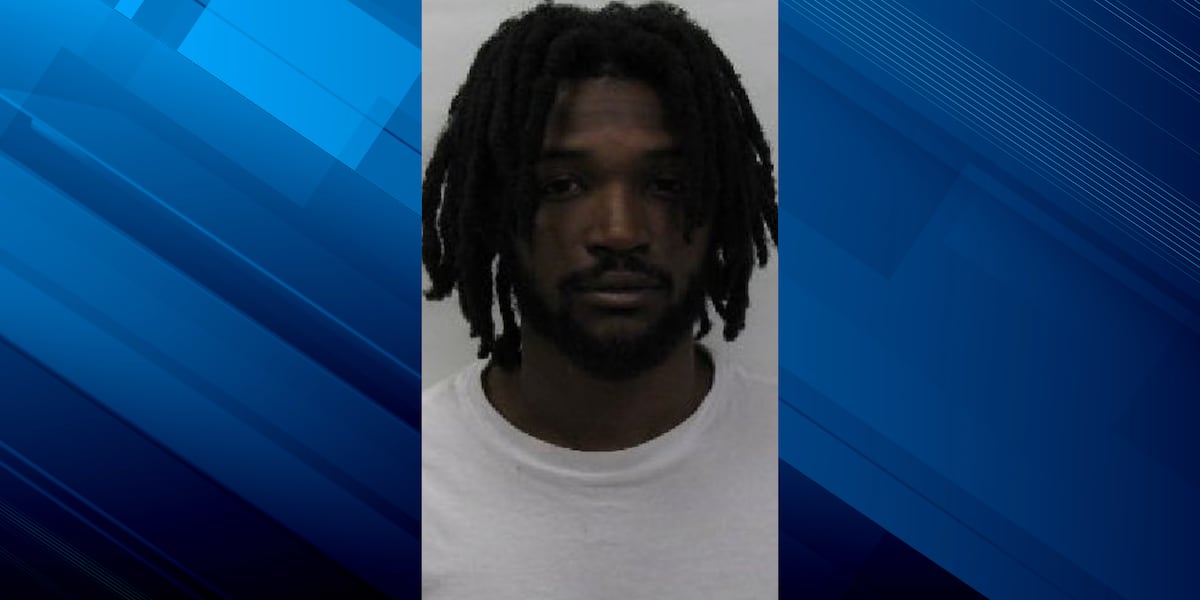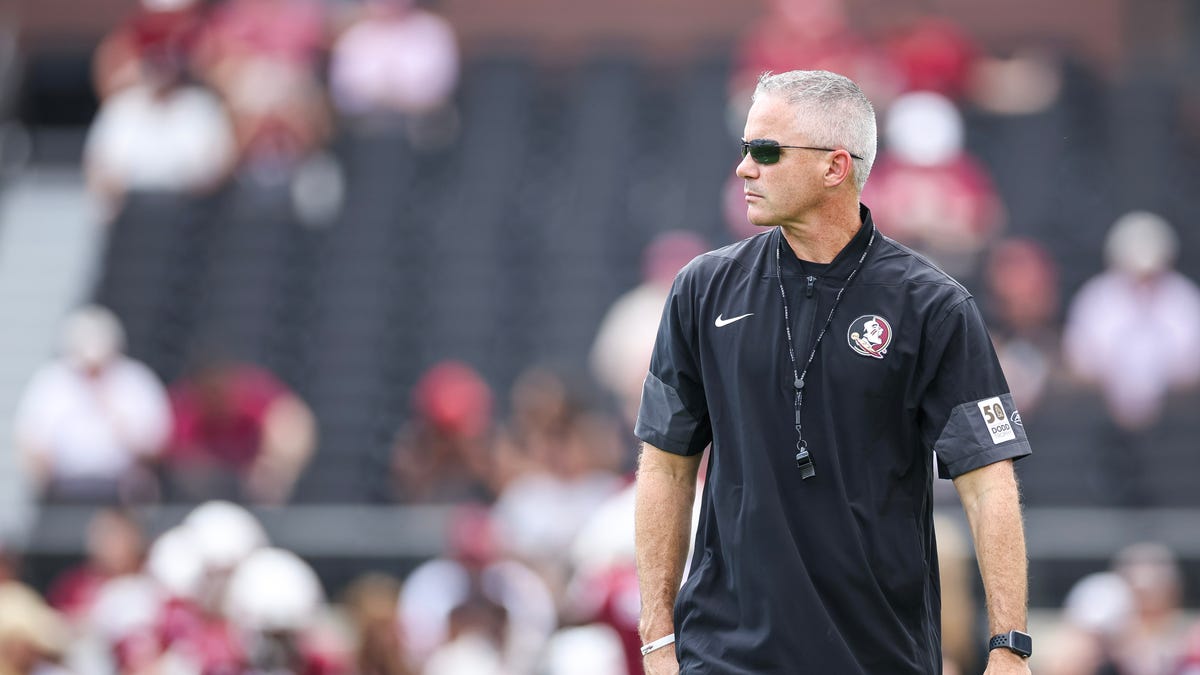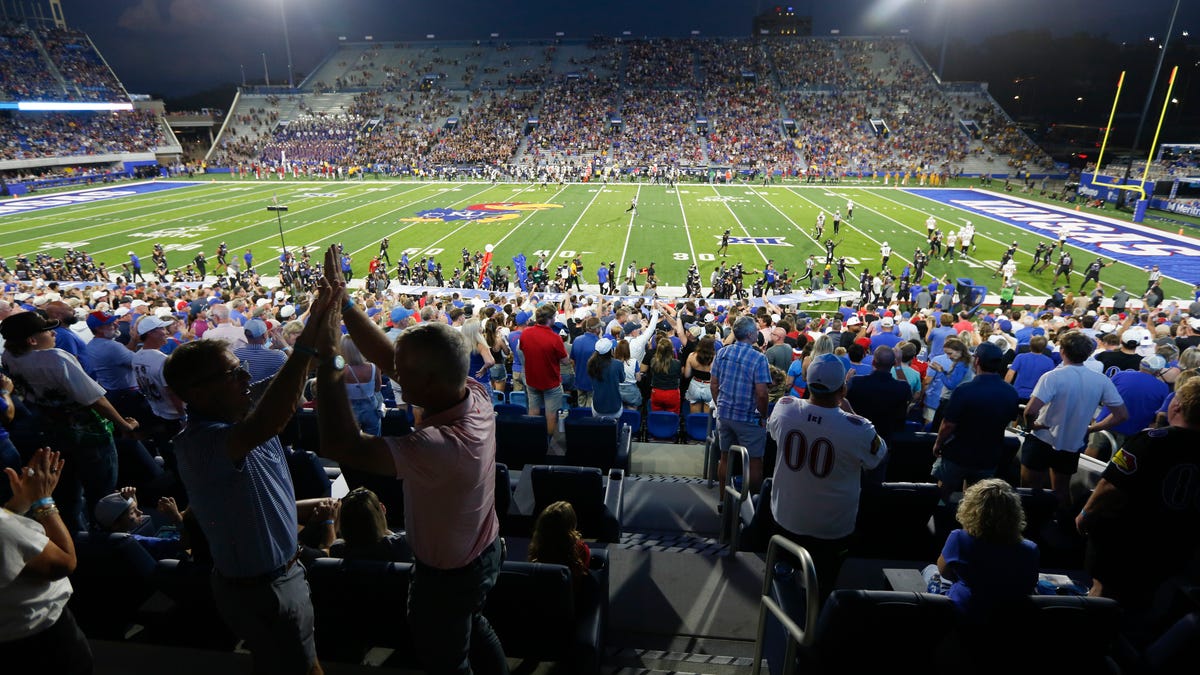South-Carolina
App State hires South Carolina football offensive coordinator Dowell Loggains as head coach

South Carolina football needs a new offensive coordinator after Dowell Loggains was hired to be Appalachian State’s head coach Saturday.
Loggains will become App State’s 23rd coach in program history after receiving a five-year contract. He will be formally introduced Monday.
“We have a long-standing and proud football tradition at App State, with a national reputation for excellence and success on and off the field,” App State interim chancellor Heather Norris said in a news release. “App State has one of the nation’s best home-field advantages, as well as a strong academic record.
“I’d like to thank (athletic director) Doug Gillin for his leadership and his work to quickly hire a new head football coach. We are looking forward to Dowell becoming a Mountaineer.”
Loggains spent two seasons as the Gamecocks’ offensive coordinator. He helped South Carolina have the No. 42 scoring offense (sixth in SEC) and No. 48 total offense (ninth in SEC) in the FBS in 2024. It also ranked No. 3 in rushing offense in the SEC and scored more than 30 points in seven games while going 9-3 in the regular season.
During his time with South Carolina, Loggains coached quarterbacks Spencer Rattler and LaNorris Sellers.

South-Carolina
South Carolina Elections Commission deputy executive director fired after internal investigation

COLUMBIA, S.C. (WIS) – The deputy executive director for the South Carolina Elections Commission has been fired amid an ongoing SLED investigation.
According to a spokesperson from the elections commission, Paige Salonich was fired after an internal investigation was made into her conduct. She was initially suspended while the investigation was ongoing.
In Salonich’s termination letter, the elections commission said that she was caught by agency security cameras placing “an unauthorized device in the SEC training room a clear violation of state and agency policy,” on Sept. 17.
In the letter, the commission said that placing the unauthorized device “constitutes the unauthorized use and misuse of state property and raises serious concerns regarding trust, confidentiality, and workplace integrity.”
Salonich also allegedly used profane language and raised her voice at leadership on Sept. 17, saying that she “was being held hostage at you own (explicit language) job,” and that she “would never be a hostage in this (explicit language) place again,” per her termination letter.
Her termination comes after former Executive Director of the South Carolina Elections Commission, Howard Knapp, was also fired on Sept. 17.
SLED is currently investigating Salonich’s placement of the unauthorized device.
The full letter can be found below.
This is a developing story. Stay with WIS for the latest details.
Feel more informed, prepared, and connected with WIS. For more free content like this, subscribe to our email newsletter, and download our apps. Have feedback that can help us improve? Click here.
WATCH US LIVE
Watch WIS live during newscasts and Soda City Living in the livestream player below. When WIS is not on the air, the player will feature Gray Media’s Local News Live.
Copyright 2025 WIS. All rights reserved.
South-Carolina
Firefighter hospitalized after McDonald’s restaurant catches fire in South Carolina

SPARTANBURG, S.C. (WBTV) – A firefighter was hurt after a McDonald’s restaurant caught fire in South Carolina on Tuesday.
The Sept. 23 fire broke out around 12:30 a.m. at the McDonald’s on Cedar Springs Road in Spartanburg, per sister-station WHNS.
The local fire marshal told WHNS that the injured firefighter was taken to the hospital, but was released later Tuesday morning. The nature and extent of the firefighter’s injuries were not immediately clear.
According to online information, that McDonald’s was open until 12 a.m. Despite the fire starting only a half hour after closing time, WHNS reported that nobody was inside the restaurant when flames broke out.
The fire marshal said the fire started in the restaurant’s HVAC system above the ceiling tiles. Drone video taken by WHNS appeared to show black marks on the McDonald’s roof; however, officials said the roof did not collapse.
Once the fire was put out, two paper signs were taped to the restaurant door. One said “CLOSED” while the other said “WARNING THIS BUILDING IS UNSAFE.” It is unclear how much damage was caused by the flames, or long the McDonald’s could be closed.
The restaurant is about 15 minutes off I-85 Business, on the southern side of Spartanburg.
Also Read: Historic train depot burns down amid early-morning fire in South Carolina
Watch continuous news coverage here:
Copyright 2025 WBTV. All rights reserved.
South-Carolina
South Carolina High School Football Top 25

There wasn’t a lot of shakeup in the fourth. week of the 2025 season. We did see ac top five battle between Northwestern and South Pointe that produced a new No. 2 in Irmo. Two new additions to the Top 25 are A.C. Flora and Stratford.
Previous rank: 1
Defeated Gray Collegiate 42-14; next at Oceanside Collegiate
Previous rank: 3
Defeated Carolina Forest 51-21; next at Myrtle Beach
Previous rank: 4.
Defeated then-No. 2 Northwestern 27-23; next at No, 24 A.C. Flora
Previous rank: 5
Idle; next at Chapin
Previous rank: 2
Lost 27-23 to then-No. 4 South Pointe
Previous rank: 6
Defeated Strom Thurmond 37-13; next vs. Gilbert
Previous rank: 7
Defeated Westside 42-6; next vs, Palmetto
Previous rank: 8
Defeated North Myrtle Beach 53-14; next at Socastee
Previous rank: 10
Defeated Woodmont 48-6; next vs. Chesnee
Previous rank: 11
Defeated Lexington 36-30; next at T.L. Hanna
Previous rank: 12
Defeated Chapin 45-22; next vs. Fairfield Central
Previous rank: 13
Defeated Chester 34-14; next vs. Southside Christian
Previous rank: 14
Defeated Cane Bay 34-14; next at St. James
Previous rank: 16
Defeated Crestwood 28-0; next vs. Spring Valley
Previous rank: 17
Idle; next vs. Gray Collegiate
Previous rank: 19
Defeated Fort Dorchester 65-7; next vs. Crestwood
Previous rank: 20
Idle; next vs. Riverside
Previous rank: 21
Idle; next at Woodmont
Previous rank: 23
Defeated then-No. 9 Camden 56-13; next idle
Previous rank: 22
Idle; next at Cane Bay
Previous rank: 24
Idle; next vs. Boiling Springs
Previous rank: 25
Defeated Wren 40-27; next vs. Greenwood
Previous rank: 9
Lost 56-13 to Ridge View; next at Richland Northeast
Previous rank: unranked
Defeated Laurens 49-0; next vs. No. 3 South Pointe
Previous rank: unranked
Defeated Socastee 56-12; next vs. Colleton County
-

 Health1 week ago
Health1 week agoWho Makes Vaccine Policy Decisions in RFK Jr.’s Health Department?
-

 Finance4 days ago
Finance4 days agoReimagining Finance: Derek Kudsee on Coda’s AI-Powered Future
-

 Lifestyle1 week ago
Lifestyle1 week agoBobbi Brown doesn’t listen to men in suits about makeup : Wild Card with Rachel Martin
-

 Business1 week ago
Business1 week agoHow Nexstar’s Proposed TV Merger Is Tied to Jimmy Kimmel’s Suspension
-
North Dakota4 days ago
Board approves Brent Sanford as new ‘commissioner’ of North Dakota University System
-

 Technology3 days ago
Technology3 days agoThese earbuds include a tiny wired microphone you can hold
-

 Crypto3 days ago
Crypto3 days agoTexas brothers charged in cryptocurrency kidnapping, robbery in MN
-
World1 week ago
Russian jets enter Estonia's airspace in latest test for NATO

















